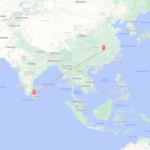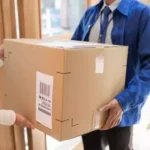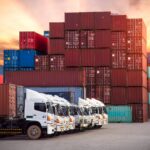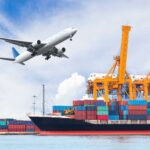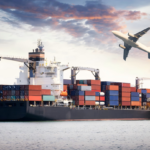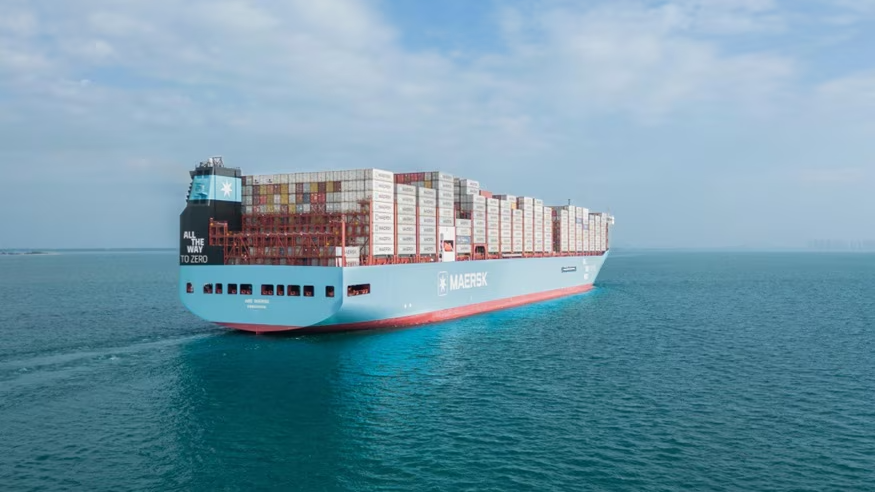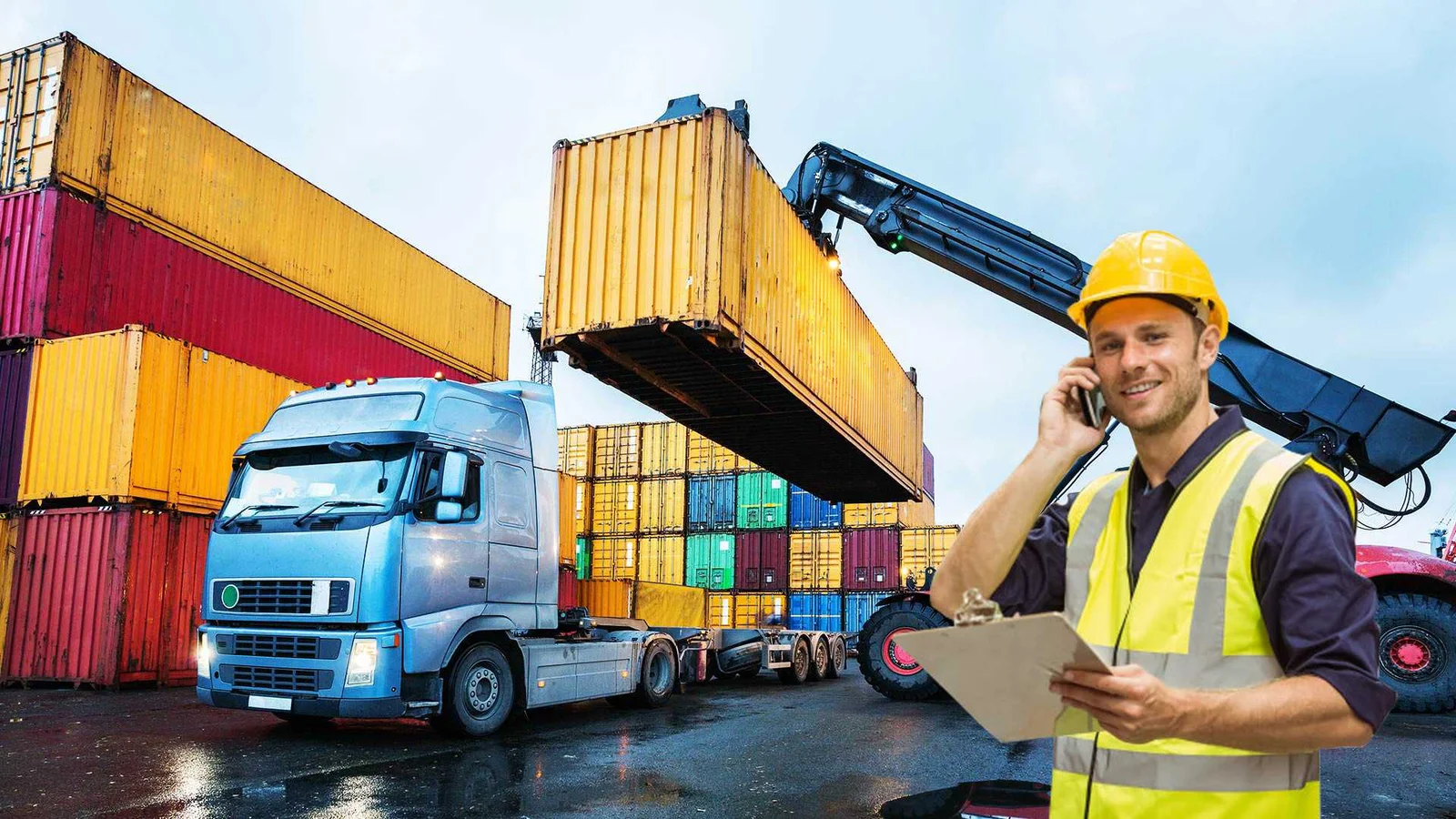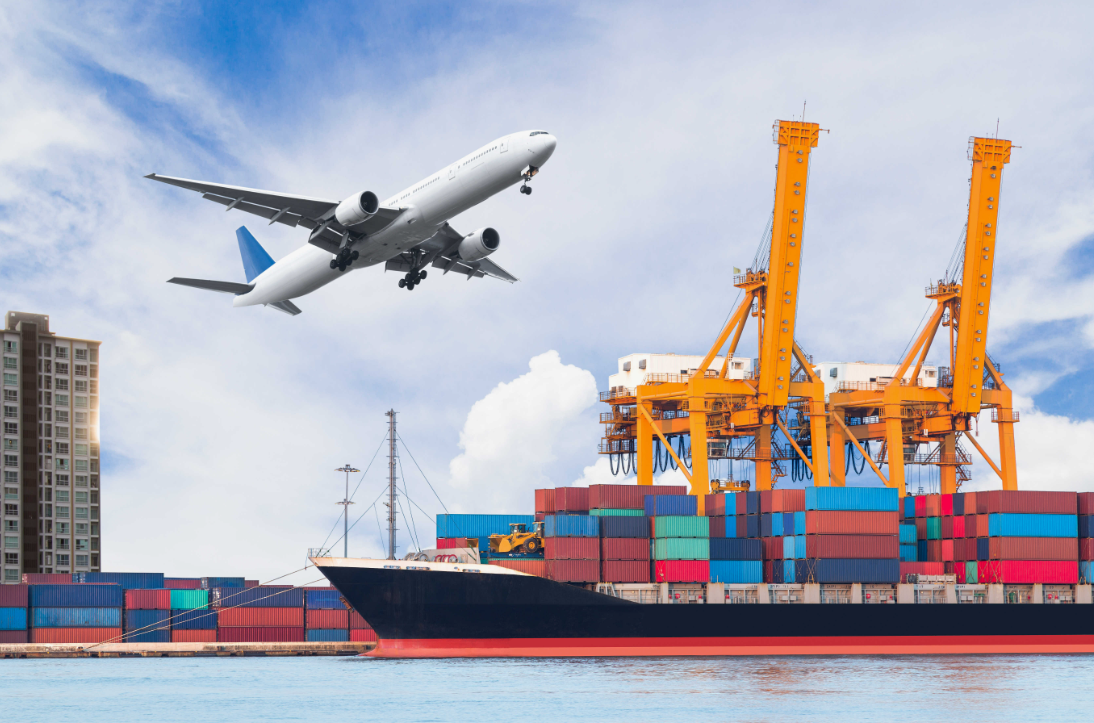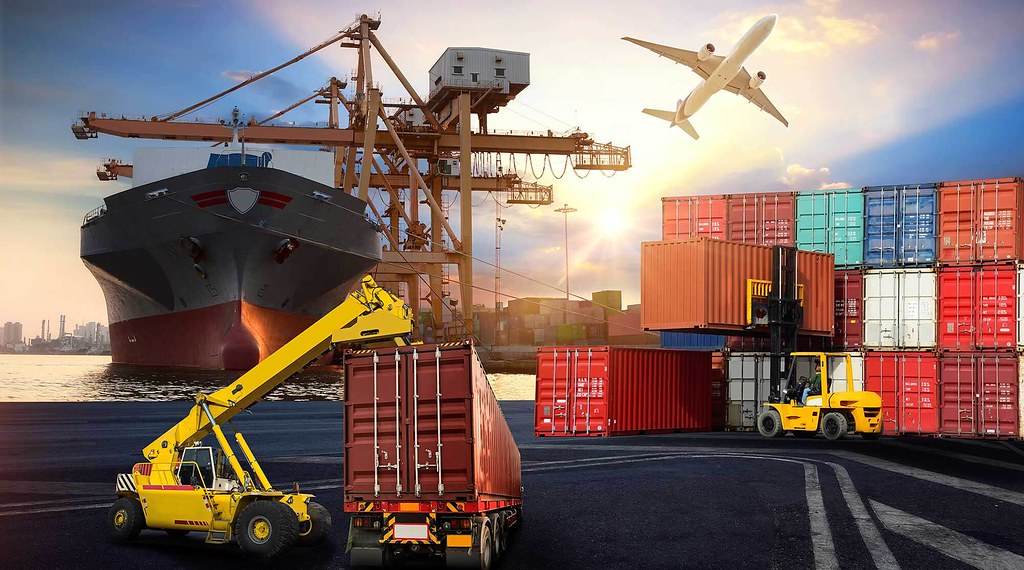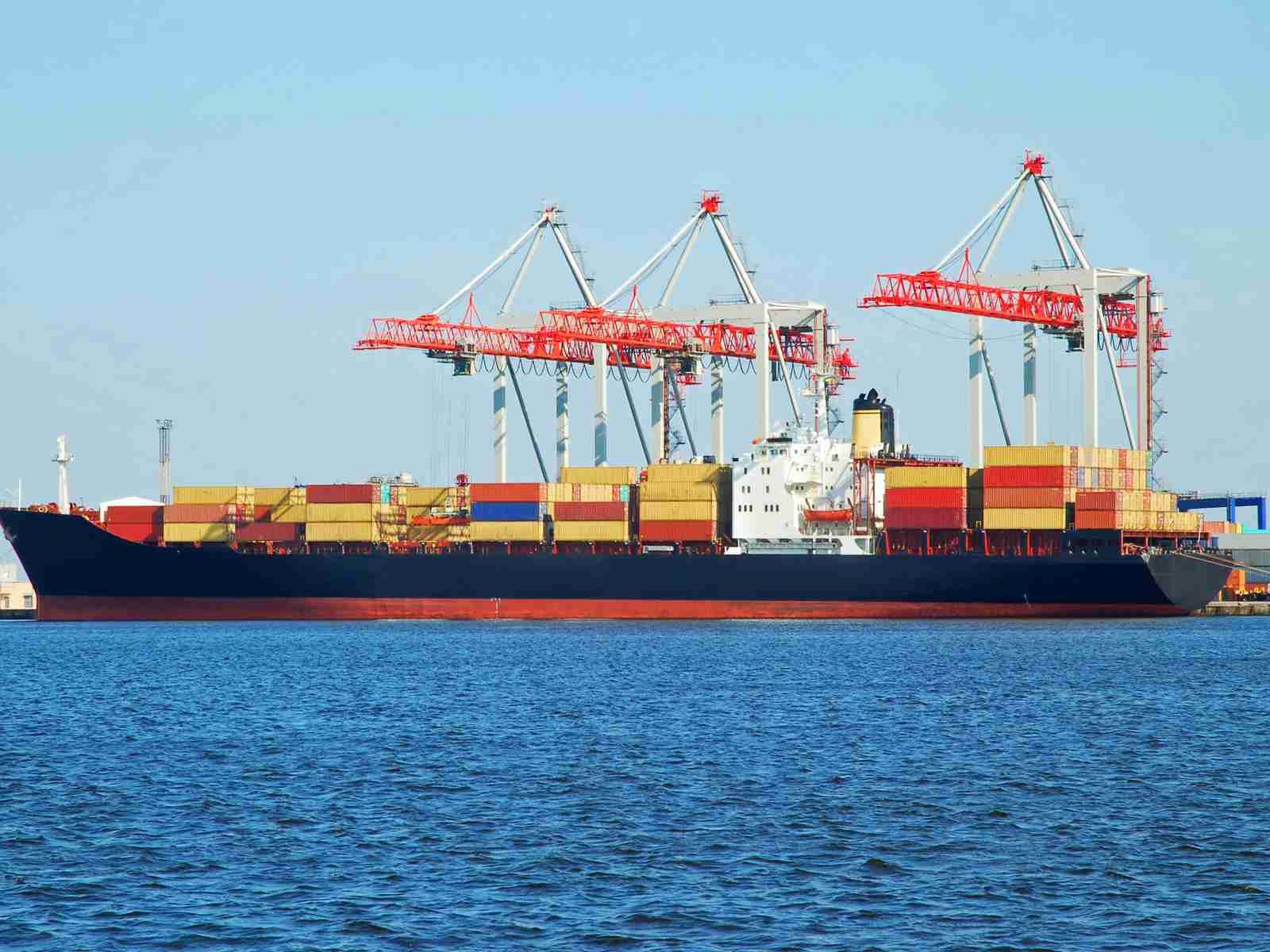Transporting hazardous materials, commonly known as hazmat freight, is a critical aspect of international logistics that requires meticulous attention to detail and compliance with stringent regulations. With the growing trade between countries, particularly the importation of goods from China to regions like Sri Lanka, understanding the complexities of hazmat freight has never been more important. This comprehensive overview delves into the definition of hazardous materials, the common types encountered in shipping, international regulations, and the unique challenges faced by businesses engaged in hazmat transport. Additionally, it highlights the role of specialized freight forwarders and best practices that can ensure safety and regulatory compliance throughout the shipping process. Whether you are a seasoned importer or new to the world of hazmat freight, this guide aims to equip you with the essential insights needed for successful navigation of this intricate field.

Understanding Hazmat Freight
Hazardous materials are substances that pose a risk to health, safety, or property when transported. They can be solid, liquid, or gas, and their dangers may include flammability, toxicity, reactivity, or environmental harm. The definition often varies by jurisdiction, but common categories include:
- Explosives: Materials that can explode under certain conditions.
- Gases: Compressed gases, flammable gases, or toxic gases that can pose serious risks.
- Flammable Liquids: Liquids that can ignite under normal conditions.
- Toxic Materials: Substances that can cause harm when inhaled, ingested, or absorbed through the skin.
- Corrosive Materials: Substances that can damage living tissue or severely corrosion metals.
For businesses importing these materials into Sri Lanka, awareness of what constitutes a hazardous material is critical for compliance and safety.
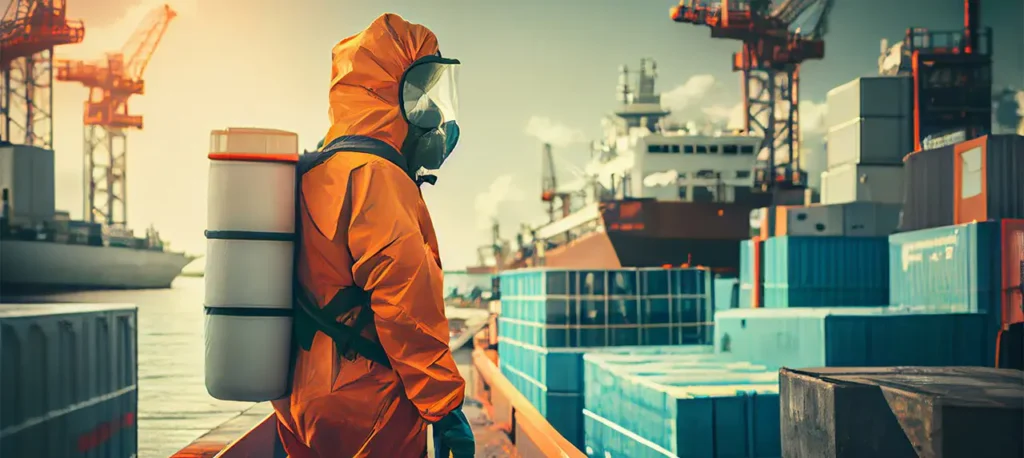
Common Types of Hazmat Goods Shipped from China to Sri Lanka
Several types of hazmat goods are commonly shipped from China to Sri Lanka. These include:
| Type of Hazmat | Examples |
|---|---|
| Chemicals | Industrial solvents, pesticides |
| Battery Products | Lithium-ion batteries |
| Flammable Liquids | Paints, adhesives, fuels |
| Toxic Substances | Heavy metals, certain pharmaceuticals |
| Corrosive Materials | Acids and alkaline substances |
Understanding the types of hazmat goods is vital for shippers, as it affects how they will need to handle and document these shipments.
International Regulations Governing Hazmat Transportation
The transportation of hazardous materials is governed by numerous international regulations designed to ensure safety and environmental protection. Key regulations include:
- International Air Transport Association (IATA): Sets guidelines for air shipping of hazardous materials.
- International Maritime Organization (IMO): Regulates maritime transport of hazardous materials through the International Maritime Dangerous Goods (IMDG) Code.
- United Nations Recommendations on the Transport of Dangerous Goods: Provides a comprehensive framework for the classification and labeling of hazmat goods.
These regulations dictate everything from packaging standards to emergency response measures and are critical for compliance in shipping operations.
Read More:
- Shipping From China to the United States
- Shipping From China TO CANADA
- Shipping From China To Netherlands
- Shipping From China To UNITED KINGDOM
- Shipping From China To ALGERIA
- Shipping from China to UAE
- Shipping from China to Saudi Arabia
Challenges in Hazmat Shipping from China to Sri Lanka
Navigating the complexities of hazmat shipping is fraught with challenges. Below are some of the most significant issues faced by importers when transporting hazardous materials from China to Sri Lanka.
Strict Regulatory Compliance
One of the foremost challenges in hazmat shipping is adhering to strict regulatory compliance. Each country has its own set of laws governing hazmat transportation, and non-compliance can lead to significant legal repercussions, including fines or shipment confiscation. Companies must stay updated on the latest regulations in both China and Sri Lanka to ensure compliance at all times.
Documentation Requirements
The documentation process for hazmat shipping is extensive. Necessary paperwork often includes:
- Material Safety Data Sheets (MSDS): Provide essential safety information.
- Dangerous Goods Declaration (DGD): Required for the transport of hazardous materials.
- Customs Declarations: Necessary for clearance in Sri Lanka.
Failure to complete the necessary documents can result in delays or fines, making thorough knowledge and preparation essential.
Packaging and Labeling Standards
Proper packaging and labeling are critical for the safe transport of hazardous materials. Regulations dictate specific packaging materials and methods to minimize risk during transit. Furthermore, accurate labeling is crucial to inform handlers of the contents and associated dangers. Failure to meet these standards can lead to accidents and legal issues.
Route Planning and Mode Selection
Choosing the appropriate route and mode of transportation is another challenge faced by shippers. Hazmat goods must typically be transported via specific routes to mitigate risks, which can sometimes limit options for cost-effective transit. Additionally, the selection between air freight and ocean freight must consider factors such as time sensitivity, cost, and regulatory requirements.
Effective route planning and mode selection are essential for mitigating delays and ensuring compliance with international regulations.
Understanding hazmat freight and the associated challenges is imperative for businesses engaged in importing hazardous materials from China to Sri Lanka. By partnering with a reputable logistics provider like Dantful International Logistics, importers can ensure they receive expert guidance on compliance, documentation, and safe handling practices, leading to smoother and more efficient shipping experiences.
Dantful International Logistics Services:
- Dantful Ocean Freight Services
- Air Freight From China
- Amazon FBA Freight Forwarding
- WAREHOUSE Services
- One-Stop Customs Clearance Solution
- Cargo Insurance Services in China
- DDP Shipping Services By Dantful Logistics
- Out of Gauge Cargo Transportation Shipping Services
Role of Specialized Hazmat Freight Forwarders
The transportation of hazardous materials necessitates a highly specialized approach, which is where specialized hazmat freight forwarders come into play. These organizations possess the expertise and resources to handle the complexities associated with hazmat shipping, ensuring compliance and safety throughout the process.
Expertise in Hazmat Regulations
Specialized freight forwarders are well-versed in the myriad of hazmat regulations that govern transportation internationally. They keep abreast of legislation from various governing bodies, such as the International Air Transport Association (IATA), the International Maritime Organization (IMO), and local regulations specific to the destination country. This expertise allows them to provide essential guidance to shippers, ensuring that all necessary compliance measures are met, and helping to avoid costly mistakes.
Risk Assessment and Mitigation
Understanding the inherent risks associated with hazmat materials is critical for safe transport. Specialized freight forwarders conduct thorough risk assessments to identify potential hazards during transportation. They implement specific mitigation strategies tailored to each shipment, ensuring that risks are minimized. These strategies may include selecting safer transportation routes, using specialized vehicles, and employing trained personnel to handle the materials.
Proper Documentation Handling
The documentation process for hazmat shipping is complex and requires attention to detail. Specialized freight forwarders manage the preparation and handling of all necessary documentation, such as Material Safety Data Sheets (MSDS), Dangerous Goods Declarations (DGD), and customs declarations. By ensuring that all paperwork is accurately completed and submitted, these professionals facilitate smoother transit and customs clearance, significantly reducing the chances of delays or penalties.
Coordination with Carriers and Customs Authorities
Effective coordination is essential in the hazmat shipping process. Specialized freight forwarders maintain close relationships with carriers and customs authorities, facilitating efficient communication and collaboration. They ensure that the chosen carriers are compliant with hazmat transport regulations and that all necessary measures are implemented for safe handling. This coordination extends to customs authorities, where freight forwarders ensure that all regulatory requirements are met for smooth customs clearance.
The advantages of partnering with Dantful International Logistics for hazmat freight forwarding are evident. Dantful offers highly professional services, ensuring that your shipments adhere to all necessary regulations while providing cost-effective solutions tailored to meet the specific needs of your business. With Dantful, you can trust that your hazardous materials will be handled with the utmost care and expertise.
You may be interested in the following related articles:
- The Ultimate Guide to Hazmat Freight Forwarder from China to Guatemala
- The Ultimate Guide to Choosing a Hazmat Freight Forwarder from China to Nicaragua
- The Ultimate Guide to Choosing a Hazmat Freight Forwarder from China to Albania
- The Ultimate Guide to Choosing a Hazmat Freight Forwarder from China to Mauritania
- The Ultimate Guide to Choosing a Hazmat Freight Forwarder from China to Netherlands
- The Ultimate Guide to Choosing a Hazmat Freight Forwarder from China to the UK
Key Steps in Hazmat Freight Forwarding Process
Navigating the hazmat freight forwarding process involves several key steps, each essential to ensuring compliance and safety. Below is a detailed overview of these steps.
Classification and Identification of Hazardous Materials
The first step in the hazmat freight forwarding process is the classification and identification of hazardous materials. This involves determining the type of hazardous material being shipped and classifying it according to relevant regulations. Proper classification is critical, as it dictates the subsequent steps in the shipping process, including packaging, labeling, and documentation requirements.
Selecting Appropriate Packaging and Containment
Once the materials are classified, the next step is to select the appropriate packaging and containment methods. Packaging must adhere to specific regulations to ensure that the materials are securely contained and protected from leakage or spillage. Specialized packaging solutions, such as UN-certified containers, are often required for transporting hazardous materials, and freight forwarders must ensure that the packaging chosen meets all regulatory standards.
Preparing Required Documentation
Document preparation is a crucial component of the hazmat shipping process. This step involves compiling all required documentation needed for transit and customs clearance. Essential documents include the Material Safety Data Sheet (MSDS), Dangerous Goods Declaration (DGD), and any additional documentation required by the destination country. Specialized freight forwarders help ensure that all necessary documents are accurately completed and submitted.
Choosing Suitable Transportation Modes
Selecting the right transportation modes is vital for ensuring the safe and timely delivery of hazardous materials. Options include air freight, ocean freight, or road freight, with each mode presenting unique advantages and challenges. Factors influencing the choice of transport mode include urgency, cost, and the specific regulatory requirements associated with the materials being shipped.
Customs Clearance Procedures
The final step in the hazmat freight forwarding process is the customs clearance procedure. This involves submitting the necessary documentation to customs authorities in both the exporting and importing countries. Specialized freight forwarders coordinate with customs agents to ensure that all requirements are met, facilitating a smooth passage through customs and minimizing potential delays.
Incorporating these key steps into your hazmat shipping strategy will help safeguard against complications while ensuring compliance with regulations. By choosing Dantful International Logistics as your freight forwarding partner, you gain access to expert services that streamline these processes, allowing you to focus on your core business operations while ensuring your hazardous materials are managed safely and efficiently.
Technology in Hazmat Freight Forwarding
The integration of technology in hazmat freight forwarding has revolutionized the industry, enhancing safety and efficiency in the transportation of hazardous materials. Various technological advancements contribute to improving compliance, tracking, and overall management of hazmat shipments.
Tracking and Monitoring Systems
Tracking and monitoring systems play a crucial role in ensuring the safety and security of hazardous materials during transit. These systems utilize GPS technology and real-time data analytics to provide live updates on the location and condition of shipments. Key features of tracking and monitoring systems include:
- Real-time Location: Shippers can monitor the precise location of their hazmat goods, allowing for better visibility and control over the supply chain.
- Condition Monitoring: Advanced sensors track environmental conditions, such as temperature and humidity, alerting shippers if conditions deviate from the specified range. This is particularly important for materials sensitive to environmental changes.
- Geofencing Alerts: Notifications are generated when shipments enter or exit predefined geographic boundaries, ensuring compliance with regulations regarding restricted areas.
By leveraging these tracking and monitoring systems, shippers can enhance security, improve compliance, and respond quickly to any incidents that may arise.
Digital Documentation and E-filing
The digitalization of documentation through e-filing has streamlined the administrative aspects of hazmat freight forwarding. Instead of relying on traditional paper-based processes, many logistics providers now utilize digital platforms for documentation. Benefits of digital documentation include:
- Faster Processing: Electronic documents can be submitted and processed more rapidly, reducing turnaround times for customs clearance and compliance checks.
- Improved Accuracy: Digital forms often include validation checks that help prevent common errors in documentation, reducing the risk of delays due to incorrect paperwork.
- Centralized Access: Digital systems provide a centralized repository for all shipping documentation, making it easier for stakeholders to access necessary information and ensuring everyone is on the same page.
The adoption of digital documentation ensures that shippers can manage essential paperwork efficiently and accurately.
Safety and Environmental Monitoring Systems
Addressing the risks associated with hazardous materials requires a robust safety and environmental monitoring system. These systems incorporate various technologies to enhance safety throughout the transport process. Key components include:
- Emergency Response Planning Software: This technology assists shippers in developing effective emergency response plans, ensuring readiness in the event of an incident.
- Environmental Sensors: These sensors continuously monitor the environment surrounding hazardous goods, providing data on air quality, temperature, and potential leaks or spills. Alerts can be issued if unsafe conditions are detected.
- Training and Simulation Tools: Virtual reality (VR) and simulation tools can be used for training personnel in safe handling and emergency response procedures, fostering a culture of safety awareness.
Implementing safety and environmental monitoring systems not only protects personnel and the environment but also enhances compliance with regulations governing hazmat transport.
Best Practices for Shippers
For businesses involved in the transportation of hazardous materials, adhering to best practices is essential for ensuring compliance and safety throughout the shipping process. Here are some fundamental best practices for shippers to follow:
Proper Declaration of Goods
Accurate declaration of goods is vital in the hazmat shipping process. Shippers must ensure that all hazardous materials are correctly classified and declared according to relevant regulations. This includes:
- Providing detailed descriptions of the materials being shipped, including their classification, quantity, and specific handling requirements.
- Ensuring that all documentation is complete and accurate to avoid delays or penalties during customs clearance.
Proper declarations help maintain compliance with regulatory requirements and mitigate risks associated with transporting hazardous materials.
Adherence to Packaging Guidelines
Packaging plays a critical role in the safe transport of hazmat goods. Shippers must strictly adhere to established packaging guidelines, which include:
- Utilizing UN-approved containers and packaging materials that meet the specific requirements for the type of hazardous material being transported.
- Ensuring that all packages are properly labeled with appropriate hazard symbols and handling instructions.
- Conducting thorough inspections of packaging before shipment to ensure integrity and compliance with regulations.
By following packaging guidelines, shippers can significantly reduce the risk of incidents during transport.
Timely Communication with Freight Forwarders
Maintaining timely communication with freight forwarders is essential for smooth operations in hazmat shipping. Best practices include:
- Providing freight forwarders with all relevant information regarding the shipment, including any changes to schedules or special handling requirements.
- Keeping lines of communication open throughout the shipping process to address any concerns or issues that may arise promptly.
- Collaborating with freight forwarders to ensure that all regulatory requirements are met and that any necessary adjustments are made in real-time.
Effective communication fosters a collaborative relationship between shippers and freight forwarders, enhancing overall efficiency and compliance in hazmat transport.
Incorporating technology and following best practices are fundamental for shippers involved in the transportation of hazardous materials. By selecting knowledgeable partners such as Dantful International Logistics, businesses can leverage expert guidance and innovative solutions designed to optimize hazmat shipping while ensuring safety and compliance.

Young Chiu is a seasoned logistics expert with over 15 years of experience in international freight forwarding and supply chain management. As CEO of Dantful International Logistics, Young is dedicated to providing valuable insights and practical advice to businesses navigating the complexities of global shipping.
The other language versions of this article
- دليل شحن المواد الخطرة من الصين إلى سريلانكا – دانتفول
- Navigeren door Hazmat Freight Forwarding: uw gids van China naar Sri Lanka
- Comment gérer le transport de marchandises dangereuses : votre guide de la Chine au Sri Lanka
- So navigieren Sie durch den Gefahrguttransport: Ihr Leitfaden von China nach Sri Lanka
- Navigazione nel trasporto merci pericolose: la tua guida dalla Cina allo Sri Lanka
- Cómo transportar materiales peligrosos: su guía desde China hasta Sri Lanka
- Navegando pelo encaminhamento de cargas Hazmat: seu guia da China para o Sri Lanka
- Навигация по перевозке опасных грузов: ваш путеводитель из Китая в Шри-Ланку
- Tehlikeli Madde Taşımacılığında Yol Almak: Çin’den Sri Lanka’ya Rehberiniz

